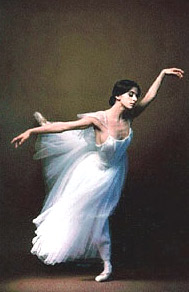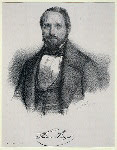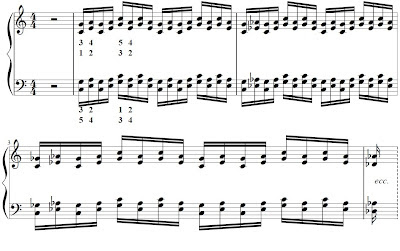The piano technique, aimed to the well-being of the person who plays, must be set as low as a condition of muscle relaxation. The vertical and lateral movements of the wrist help to achieve this objective of relaxation.
The video, performed personally by the author, illustrates clearly the correct execution of movements and positions.
In Exercise 2, in particular, we note that it is useful to perform a vertical movement of the wrist to support the weight of the arm on the first sound of each formula, the sounds after the wrist gradually gets up and runs even small lateral movements, orienting the hand to the thumb or toward the little finger, so that each finger is perpendicular to its key in the moment in which it must act.
The mode of attack is defined as a "legato sciolto" (tied loose) meaning an attack that binds the sounds one another, but of more concern agility of the fingers of the absolute continuity of the legato.
The complete set of 42 progressive esercises of piano technique describes each of the fundamental techniques to learn to play the piano properly, relaxed, aimed at well-being.
Satisfy your need for actively making music, learning to play a keyboard instrument and sing with your voice, to enhance the welfare of your person.
sabato 27 ottobre 2012
martedì 9 ottobre 2012
The rhythm and the body
 |
Adults can also take an immediate perception of rhythmic structures, from simple regularity of the pulse and its possible organization in binary form (a strong accent, a weak one) or ternary (a strong accent, two weak). The regularity of the pulse of the wrist is always cited as the first form of rhythmic experience that can be felt by every human being.
Breathing in its binary alternation of inspiration and expiration, is the physiological context in which it can be easily experienced a simple process of regular rhythmic organization.
Any other experience of the body, from walking to the alternation in the movement of the arms, can be used for the detection of a rhythmic structure elementary.
From this it can develop all kinds of complex skill, and already the ternary structure may seem more difficult (this happens to a lot of music students!), but the limits of learning ability can never be defined in a rigid way.
The classic method of Beyer
 One of the most classical piano studies is that of Ferdinand Beyer (1803-63). It is a classic German method, on which are formed many pianists of various generations.
One of the most classical piano studies is that of Ferdinand Beyer (1803-63). It is a classic German method, on which are formed many pianists of various generations.
In recent years, in particular for children, has been somewhat abandoned in favor of other publications, most appealing in writing music and images supplied.
However, it seems to me that the development of this area, as set by Beyer, is very effective for the progression of difficulty, is about learning to read music, both on the instrumental technique. What matters is the way you use a text: for example, I am using it by placing his pieces in a teaching methodology that emphasizes the rhythm, vocality and instrumental gestures, to the wellbeing of the person in the act of playing and, more generally, of making music.
In the original German some pieces are different, compared to the Italian editions: it is Volkslieder Germans really very nice.
mercoledì 3 ottobre 2012
The study of double notes on the piano
The technique of double notes is the most complex mechanisms executing piano. It is playing successions of two simultaneous sounds with the same hand, often at high speed. For example (Chopin, Study for the thirds, op. 25 n. 6):
The technique of double notes requires a synthesis of all the movements of the mechanism piano: the support of the weight of the arm, the articulation of the fingers, the lateral movement of the hand in relation to the perpendicular of the finger in use. You should also check the relaxation of the arm, forearm and hand, even by small movements of the wrist, elbow and shoulder. At this level of study you must have already acquired sensory awareness of the movements, positions and strategies to prevent stiffening.
To achieve this complexity of goals, in my collection 42 progressive exercises for piano Technique (The technique for the welfare of the pianist) I develop the material in ten exercises, which are precisely designed to progressively lead to the solution of the difficulty.
First we deal with the movement of articulation of the fingers, which represents an improvement to a technique already acquired in the first section of the method.
Then we proceed to the study of double notes, especially the sequences of the thirds and sixths, but also of the fourths and fifths (although less common in the classical repertoire).
A particular attention is then given to the finger passing over on other fingers, similar to what has been studied with the thumb to the study of the scales, but here extended to other fingers, for example: the fourth, third, second finger pass over the fifth, or the fifth passes under the fourth, third, second.
It then proceeds with the study of scales in double notes, and finally an exercise summary, which summarizes not only the technique of double notes, but in the end all the main movements of the piano mechanism:
Iscriviti a:
Post (Atom)



